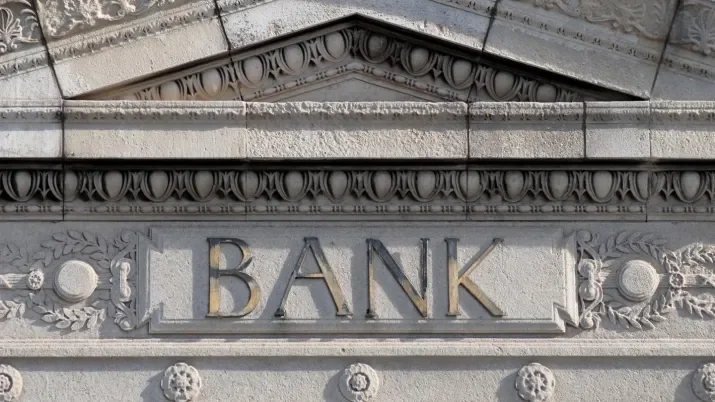Hint of inflation peak further fuel for fixed income
TwentyFour
Markets breathed a sigh of relief on Wednesday as US inflation data came in lower than expectations for the first time this year. The headline Consumer Price Index (CPI) rose 8.5% year-on-year in July, down from 9.1% in June, while month-on-month (mom) the print actually came in slightly negative (-0.02%) and was the largest miss to consensus in more than five years, given economists were expecting a mom figure of 0.2%.
While we were largely expecting a lower headline print given the commodity declines seen over the course of July, we were also pleased to see price pressures ease in core CPI, which strips out food and energy prices. Some of this was driven by components that were unsustainably high, like airlines fares (particularly as we move towards the end of the summer) and used cars, but we also saw some softening in ‘stickier’ measures like housing, where owners equivalent rent saw monthly growth of 0.6% vs. 0.7% the previous month.
This doesn’t mean the Fed has won its war on inflation just yet. While there is hope once again that inflation has peaked, where inflation ultimately ends up is more important, so we were not surprised to see Fed members come out quickly after the report to temper any overly enthusiastic response from the market. Fed members of course have to do this, since a loosening of financial conditions just as inflation starts to roll over is not what they need in their battle to get ahead of the curve and ultimately get inflation down to their 2% target – and in this regard they have a long way to go. We should also remember that markets have previously called the peak for inflation, and that didn’t work out too well.
Still, it does seem the actions taken by the Fed over the course of the last nine months are beginning to show up in the data, and this is a trend we expect to continue in the second half of this year. That said, external factors could still surprise to the upside even if the demand side of the equation is weakened.
Nevertheless, the lower inflation data is good news and the data was greeted enthusiastically, with equity markets and credit markets rallying strongly in both Europe and the US. We would caution against any ‘irrational exuberance’ after one inflation print, but given the strong earnings season we have just seen, another very positive payrolls report last Friday, a default rate that remains near historic lows and now maybe an inflation peak behind us, markets can be forgiven for enjoying the better data.
With credit markets finally seeing positive flows as well, we would not be surprised to see markets grind tighter over the rest of the summer.



